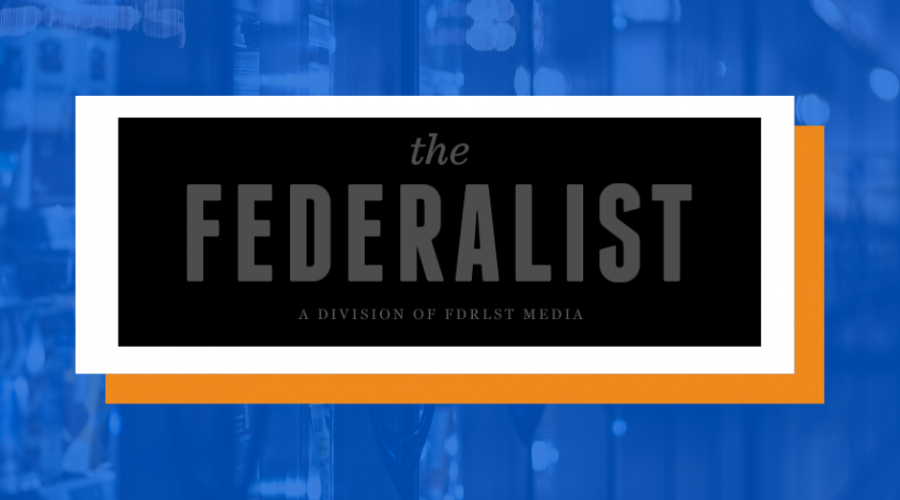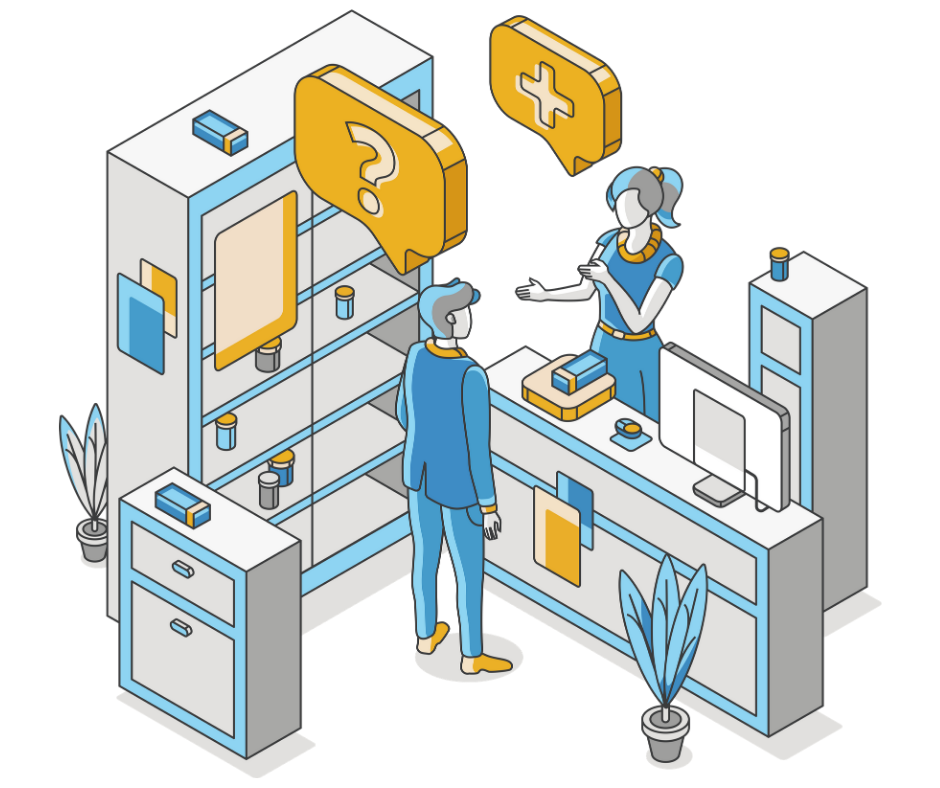Déchets technologiques: il faut repenser les idées reçues

Àtravers le «European Green Deal», la Commission européenne veut rencontrer les défis écologiques des années à venir. Parmi ses ambitions : réduire considérablement les déchets technologiques (surtout dans l’électroménager) en responsabilisant les entreprises. Une cible de la Commission est «l’obsolescence planifiée», existant comme idée reçue dans la tête de beaucoup de consommateurs. Discutonscette notion.
L’obsolescence planifiée part du principe que les producteurs vendent des articles de toutes sortes à des fins de consommation continue. L’idée est que la durabilité d’un article serait prédéterminée, afin que le consommateurs rachètent le nouveau modèle. Le nombre croissant d’iPhones nous vient en tête, ou la mode vestimentaire. On entend souvent qu’autrefois «les produits duraient beaucoup longtemps». Serait-il possible que les producteurs planifient les durées de façon malintentionnée ? Il y a de fausses hypothèses ici. Premièrement, le modèle suppose que les fabricants sont beaucoup plus intelligents que les consommateurs, qui sont traités comme des victimes passives de puissants intérêts capitalistes. En fait, dans le monde réel, ce sont les fabricants qui réclament à cor et à cri de suivre les consommateurs toujours changeants, discriminatoires, bon marché et difficiles, qui se débarrassent des produits et en choisissent d’autres pour des raisons rationnelles et parfois mystérieuses.
Deuxièmement, le modèle fait une étrange hypothèse normative selon laquelle les produits devraient durer le plus longtemps possible. En fait, il n’y a pas de préférence préé-tablie sur le marché quant à la durée de vie des produits. Il s’agit là d’une caractéristique de la fabrication entièremen déterminée par la demande des consommateurs.
De nos jours, nous avons de la chance si un mixeur à main dure quelques années. Il en va de même pour les laveuses et les sécheuses, les tondeuses et les coupebordures, les vêtements, l’équipement électronique et même les maisons. Rien ne dure plus longtemps qu’avant. Mais est-ce un argument contre le marché ou simplement le reflet de la préférence des consommateurs pour des valeurs (prix plus bas technologie la plus récente et commodités différentes) autres que la longévité ?
Comme le prix des matériaux a baissé, il est plus logique de remplacer le bien que de le créer pour qu’il dure éternellement. Voulez-vous un mélangeur de 200 euros qui dure 30 ans ou un mélangeur de 10 euros qui dure 5 ans ? De la même façon, il est tou à fait concevable que votre vieux Nokia 3310 fonctionne toujours. Ce téléphone est indestructible, mais il ne vous donne pas l’option de regarder des vidéos, consulter vos mails, ou de mettre à jour votre calendrier. La mise à jour des smartphones nous propose constamment des produits innovants. Ce que les consommateurs préfèrent à long terme, c’est ce qui domine le marché.
Comment peut-on en être sûr ? La concurrence. Disons que tous les fabricants fabriquent des mélangeurs qui se cassent en 5 ans seulement, et ce fait est largement détesté. Un fabricant pourrait battre la concurrence en offrant un produit qui met l’accent sur la longévité plutôt que sur d’autres caractéristiques.
Si les consommateurs accordent vraiment de l’importance à la longévité, ils seront prêts à payer la différence. La même logique s’applique aux voitures, aux ordinateurs, aux maisons et à tout le reste. Nous pouvons savoir quelle préférence domine (dans un marché libre) en regardant simplement quelle pratique est la plus courante sur le marché.
L’obsolescence planifiée est un mythe – pas au sens que le phénomène en lui-même est inexistant – mais dans le fait qu’elle répond aux demandes des consommateurs, au lieu d’une méchanceté organisée par des grandes entreprises.
Au niveau politique, on va me dire : «Méchanceté ou non, il faut interdire l’obsolescence.» Possible ? Oui. Mais à quel prix ?
Imaginez que votre vendeur d’ordinateurs vous propose un ordinateur à vie éternelle. Si vous le traitez bien, et si vous êtes prêt à payer le prix plus élevé, ce sera le dernier achat d’ordinateur de votre vie. Vous êtes sûrement sceptiques. Vu l’innovation rapide et constante sur le marché des ordinateurs, vous aurez très vite du retard sur d’autres collègues ou amis, qui utilisent des fonctions inconnues au moment de votre achat. Obliger le consommateur à dépenser plus pour un ordinateur qui sera de moindre qualité après quelques années est contraire au libre choix de ce consommateur. Pire encore, dans beaucoup de cas, une telle interdiction nuit à l’environnement.
Il y eut un moment dans le passé quand la consommation de carburant d’une voiture pouvait être de 12 litres aux 100 km, sans qu’elle posât problème. De nos jours, la consommation moyenne est la moitié de ces 12 litres. Oui, une voiture ne dure plus aussi long-temps qu’avant, mais de quel intérêt est la longue vie d’une voiture, quand nous pouvons réduire les frais
courants, et en même temps réduire les émissions de dioxyde de carbone ?
Dans la pratique, une interdiction de l’obsolescence planifiée est ironiquement elle-même une mesure de planification centralisée. En dictant la durée optimal d’un produit de façon législative, l’État se mêlerait encore une fois de plus de l’économie de marché. Cette mesure ne serait ni avantageuse pour les consommateurs ni bonne pour la planète.
Espérons que dans la vie politique, la rationalité n’a pas d’obsolescence planifiée.
The Consumer Choice Center is the consumer advocacy group supporting lifestyle freedom, innovation, privacy, science, and consumer choice. The main policy areas we focus on are digital, mobility, lifestyle & consumer goods, and health & science.
The CCC represents consumers in over 100 countries across the globe. We closely monitor regulatory trends in Ottawa, Washington, Brussels, Geneva and other hotspots of regulation and inform and activate consumers to fight for #ConsumerChoice. Learn more at consumerchoicecenter.org

















